Last Words: A Lenten Meditation on the Final Sayings of Christ, Week 5ಮಾದರಿ

You Do Not Answer Me
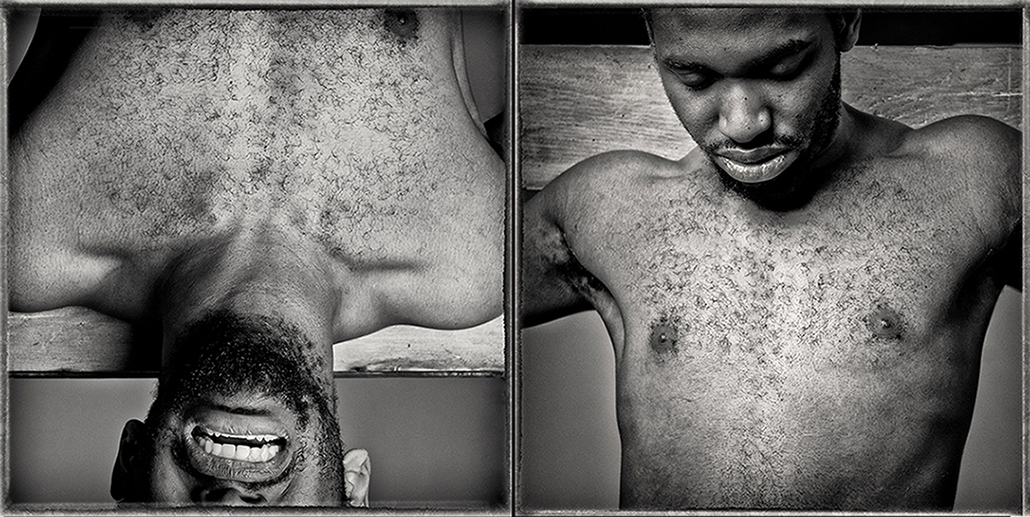
Left: He is Nailed to the Cross
Right: Jesus Dies on the Cross
Photographs from Via Dolorosa, Gregory Schreck, 2025. Silver gelatin photographs. All Rights Reserved.
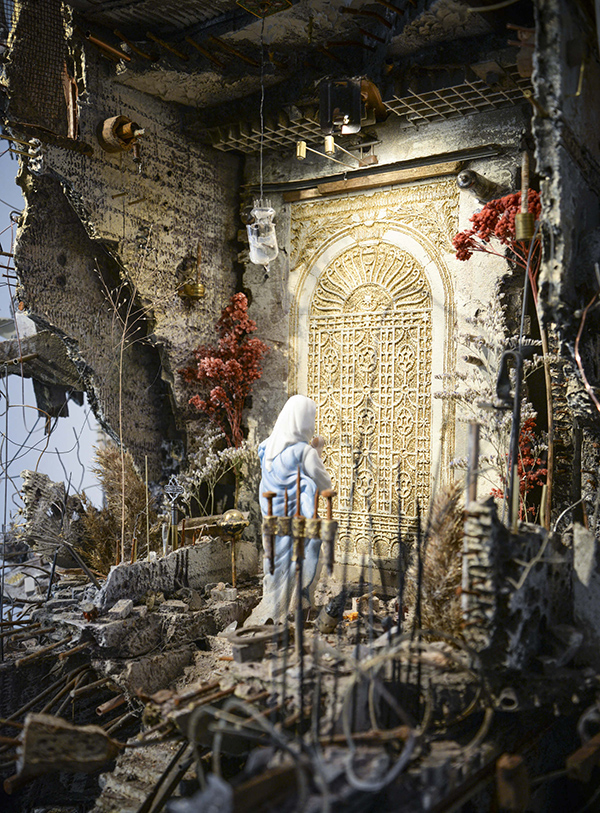
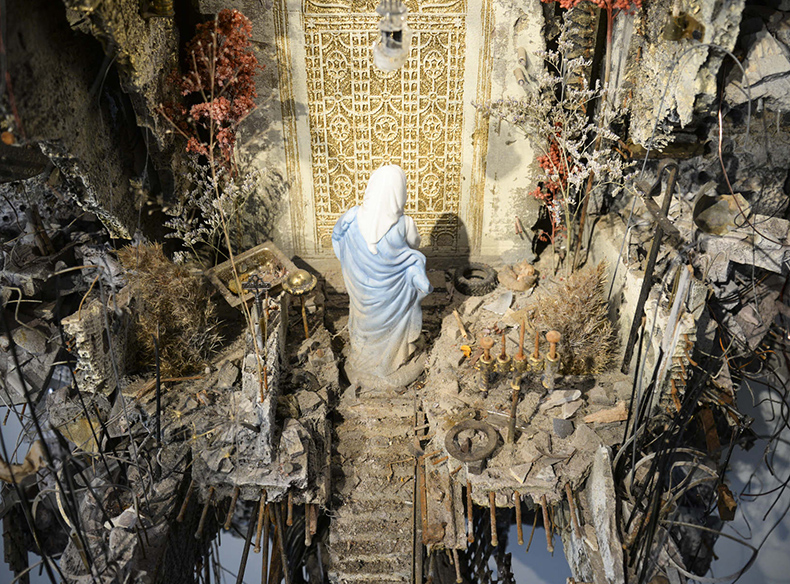
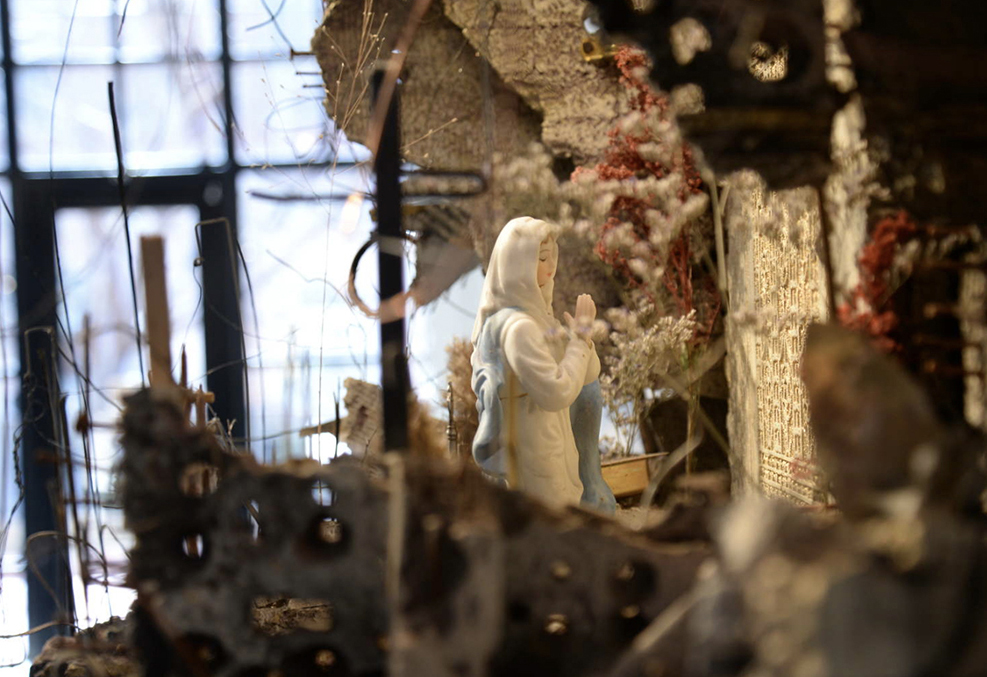
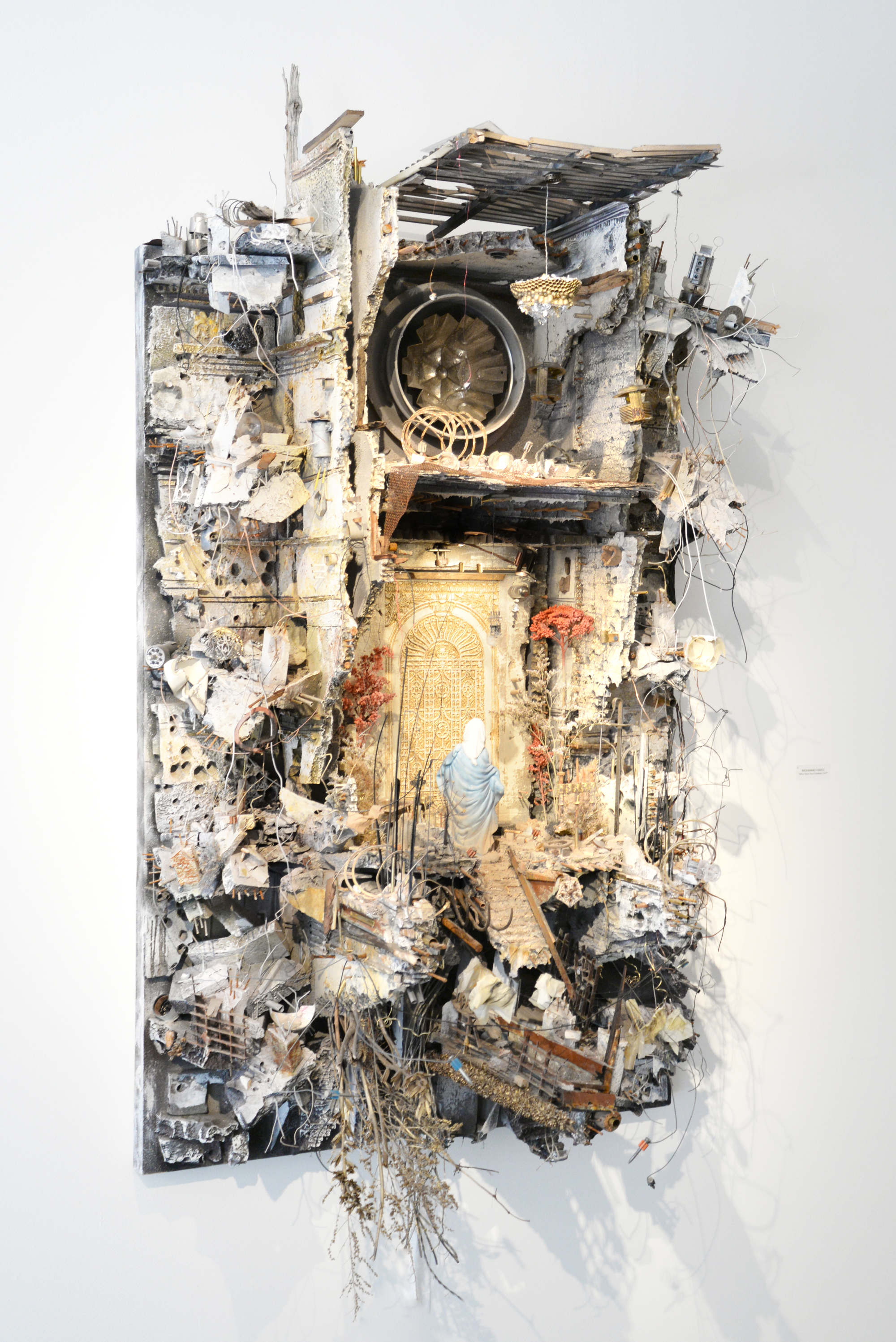
Why Have You Forsaken Us? (multiple views), Mohamad Hafez, 2017. Mixed media, plaster, paint, rusted metal, found objects, 36 x 60 x 12 in.
“Georgia Lee” from the album See Me, God by Tom Waits and Kathleen Brennan.
Poetry:
“The Best Thing Anyone Ever Said About Paul Celan”
by Shane McCrae
Today you will the say the any ever
best thing any ever anyone
Said about Paul Celan
The world is if it isn’t does it matter isn’t
waiting or it might be might as well
Be if it knew and some
People for some people the wait is mostly it’s
a world in which the fact of Paul Celan
was and is always will have been and be
A fact and necessary living in such a world
is the far greater agony the wait is no
agony not compared to living in that world it is
Absurd to say he wouldn’t Paul Celan would recognize it still
No person ever is naive
but populations are naive and always will be
even innocent
is the far greater agony
It is / More like a toothache
the pain of the wait for some
More like a pain in the hole from which
You even now prepare yourself to speak
THE SILENCE OF GOD
During Christ’s earthly sojourn, he and God the Father were in continual communication. But in his most vulnerable moments on the cross, when Jesus took upon himself the full weight of humanity’s sin and God’s wrath, were unleashed in response to that sin, all communication ceased. Author Robert Nash writes, “This does not mean divinity was divided or Jesus ceased to be God, so there is some mystery in how this happened. Yet it was a clear punishment, suffered by the person Jesus in his human nature, intended for the sin of the world. This was the worst pain ever. Ever.”
Gregory Schreck’s images from hisVia Dolorosa Seriestrigger hazy memories of black and white photo postcards snapped at lynchings of African Americans, mostly executed in the deep South between 1877 and 1955. Over 6,000 very public hangings occurred in this era of racial segregation, egged on by hundreds of agitated, frenzied spectators. Although it’s difficult to know for sure, scholars estimate that at least one third of the victims were completely innocent of the crimes they were accused of committing. There is an uncanny similarity between the cross of Christ and the gruesome lynching tree of America’s past. I can hardly imagine the sense of utter abandonment these black men experienced as they went to their torturous deaths. “Why wasn’t God listening? Why wasn’t God watching? Why wasn’t God there?” asks Cynthia Clawson in the plaintive song, “Georgia Lee.”
Good art sometimes asks really difficult questions.Why Have You Forsaken Us?is the disquieting title of Syrian American artist Mohamad Hafez’s striking assemblage. In it, he places a statue of Mary in front of a beautifully embellished wall that seems impenetrable, surrounded by war-torn rubble and the shell of what may have been a once vibrant civilization. Could the virtuous figure of Mary represent the devastated throngs of oppressed people beseeching God to hear their cry for help? As I contemplated this haunting artwork, I wondered how many people groups have been the subject of genocide or pestilence or horrific calamities in the course of human history? To me, Hafez’s piece deals with the destruction, desolation, and resulting suffering that takes place, often beyond our control—the sobering events of life that leave us with troubling questions concerning the nature of God. In the past decade an estimated 120 million people have been forced to flee their countries of origin. Shane McCrae’s poem (which echoes the disorienting writing style of Holocaust survivor, Paul Celan) was composed as he mulled over the absolute “horrors of our recent wars.”
Life can be brutal. No one knew this better than righteous Job, who in the pit of suffering cried, “I have become like dust and ashes. I cry out to You, but You do not answer me. . . When I looked for good, evil came to me; and when I waited for light, then came darkness” (Job 30:19-20,26). Christ could have easily recited these words as he hung on the cross. Over the ages many have clung to Job’s narrative in the midst of their own deep trials. No one knew the rampant evil in this old world more than Mother Teresa of Calcutta. Year after year, day in and day out, she and her Missionaries of Charity scooped hundreds of dying untouchables, the poorest of the poor, off the streets of Calcutta (Kolkata) and brought them indoors to die in the loving care of committed Christians who treated them with dignity and respect. Yet for the last half of her life, Mother Teresa secretly confided in her spiritual counselor that God no longer answered her or spoke to her as she hoped he would, “The silence and the emptiness is so great, that I look and do not see, listen and do not hear. . . The torture and pain, I can’t explain.” Yet even during her ongoing spiritual dryness, unable to hear God in the same ways she had in earlier years, she could still say with Job, “I know that my redeemer liveth, and that he shall stand at the latter day upon the earth” (Job 19:25).
Author Phillip Yancey has written extensively on suffering and the silence of God. He says, “We live day by day, scene by scene, as if working on a thousand-piece jigsaw puzzle with no picture on the box to guide us. Only over time does a meaningful pattern emerge.” His latest book,Where the Light Fell, is a remarkable memoir that chronicles his early life growing up in a single-family household with his older brother, Marshall. Yancey’s wounded, widowed mother, determined to keep her sons on the straight and narrow, inadvertently ended up abusing them both emotionally and spiritually. The cruelty and obsessiveness of her behavior left deep scars. Somehow Phillip was able to push through the pain, embracing and experiencing God’s redeeming grace. That was a bridge too far for his brother Marshall, whose life reeled out of control as he refused to any longer acknowledge his mother’s God. Sadly, belief often dies in those who cannot reconcile Christ’s overwhelming love for humankind with the horrendous problem of evil that to some degree they have experienced personally. We all have known suffering. We all have ached when God has not seemed to be near. But confronting the possibility of a meaningless universe head-on forces us to acknowledge God’s presence in our lives even if we don’t feel it. At the other end of the tunnel where confusion and disorientation prevail is a threshold of transformation that leads to healing and freedom. “For I am persuaded that neither death nor life, nor angels nor principalities nor powers, nor things present nor things to come, nor height nor depth, nor any other created thing, shall be able to separate us from the love of God which is in Christ Jesus our Lord” (Romans 8:38-39).
Prayer:
So here I am, Lord.
How do I talk to someone
who made the pancreas in my belly?
Who keeps my frontal lobe form disintegrating?
Do I ask you for a better world?
A thousand requests for food for the starving?
An end to wars?
How do I speak to you, Lord?
With screams and outrage?
Yes! Yes!
How else in an outrageous world?
Your Bible writers did.
They demanded answers,
Habakkuk and David,
Isaiah and Jeremiah,
they wanted to know.
Sometimes you’re so far away . . .
should I talk to you then, Lord
when I don’t feel you around?
When all my emotions say life is
A gray mist to muddle through?
Then more than ever . . .
when you’ve withdrawn your presence,
to make me grit it out alone
with a naked will.
I can still speak to the God of living flesh;
I don’t have to be a child
who lives by stomach and glands.
Lord, my days are a great jumble
of papers, hallways, soft touches and fears.
Want to hear about all that, Lord?
About the anger in my brain tonight?
The desire in my eyes this noon?
What will you tell me
when I share all I am?
—Harold Myra
Taken from the prayer “How Do I Talk To You?”
Barry Krammes. M.F.A.
Professor Emeritus, Art Department
Artist and Educator
Biola University
ದೇವರ ವಾಕ್ಯ
About this Plan

The Lent Project is an initiative of Biola University's Center for Christianity, Culture and the Arts. Each daily devotion includes a portion of Scripture, a devotional, a prayer, a work of visual art or a video, a piece of music, and a poem plus brief commentaries on the artworks and artists. The Seven Last Words of Christ refers to the seven short phrases uttered by Jesus on the cross, as gathered from the four Christian gospels. This devotional project connects word, image, voice and song into daily meditations on these words.
More
ವೈಶಿಷ್ಟ್ಯದ ಯೋಜನೆಗಳು

Hope for the Hurting: For the Hurting: Encouragement for Suffering Seasons

Mission Trip Checkup: On Mission

Understanding Spiritual Ranks

Abide

Out of the Wilderness

God’s Strengthening Word: Mercy & Forgiveness

What the Bible Says About Your Credit Score

Learning From Nehemiah

Journey Through Judges and Ruth
